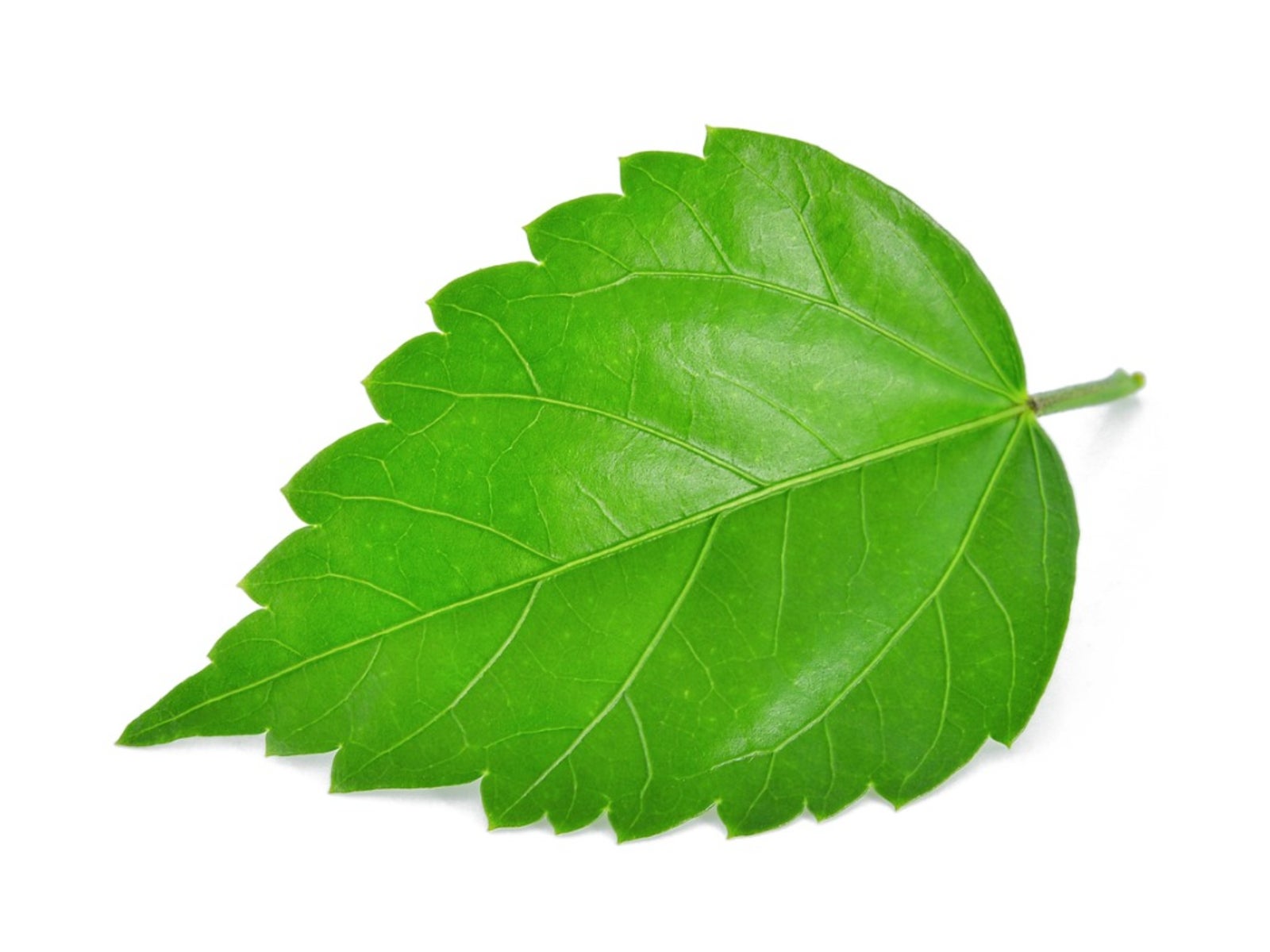Hibiscus Leaf Drop: Why Are Hibiscus Leaves Falling Off


Leaf drop is a common ailment of many plants. While leaf shed on deciduous and herbaceous plants in autumn is expected, it can be very worrisome in midsummer if plants begin to drop their leaves. It can also be very frustrating when you have done everything by the book for your plant, only to be rewarded with abnormal yellowing and dropping of leaves. Though any plant may experience this problem for various reasons, this article will specifically discuss hibiscus leaf drop.
Hibiscus Losing Leaves
Hibiscus plants are generally separated into two groups: tropical or hardy. Many of us in cooler climates still grow tropical hibiscus, but as annuals or houseplants that are moved in and out of the house depending on the weather. Sensitive to cold and environmental change, leaf drop on hibiscus can merely be a sign of stress from this change. A tropical hibiscus that has spent all winter in a toasty, warm home may go through shock when set outside in cooler spring weather. Likewise, a container grown hibiscus can go through shock and stress just by being located too close to a drafty window. Whether tropical or hardy, hibiscus leaves falling off usually indicates some sort of stress to the plant. If you are noticing leaf drop on hibiscus plants, there are a few questions you'll need to ask.
Reasons for Leaf Drop on Hibiscus Plants
Has the plant recently been transplanted or repotted? Leaf drop is a common symptom of transplant shock. Usually, once the hibiscus plant begins to adjust to its new environment, the shock will pass. You'll also want to consider if the plant has been exposed to any extreme temperature changes, which can be very stressful for hibiscus, as mentioned above. Controlling temperature changes is an easy fix, and the plant should recover quickly. If leaf drop on hibiscus is happening and you've ruled out transplant or temperature shock, you may want to examine your watering and fertilizing habits. Has the plant been receiving adequate water? Does water pool up around the plant when you water it? Hibiscus leaf drop can be a symptom of too much or too little water, as well as inadequate drainage. Hibiscus plants have high watering needs, even once established the plant will likely need regular waterings during hot, dry periods. As much as they like water, though, they do need adequate drainage. When was the last time you fertilized? In addition to water, hibiscus plants need regular feeding, especially during its bloom period. Fertilize hibiscus plants once a month with a well-balanced fertilizer for flowering plants. Other factors to examine when a hibiscus plant drops leaves is pest or disease. Scale is a common pest of hibiscus. Scale looks just as the name suggests, like tiny scales forming on the plant. Aphids also commonly attack hibiscus plants. Both these insects are tiny, sap sucking pests that can quickly infest a plant, cause disease, and eventually result in the plant's death. They often attach themselves to a plant around its leaf joints or on the underside of leaves on the leaf veins because of the high flow of plant sap in these areas. As the bugs feed on the sap, they essentially starve the plant and leaves will drop. Additionally, the pests are commonly to blame for secondary fungal diseases too, which may appear as a fuzzy gray mold. This mold is actually a fungal disease that grows on the sticky honeydew secreted by the bugs. It would be wise to treat the plant with a fungicide and pesticide, such as neem oil.
Gardening tips, videos, info and more delivered right to your inbox!
Sign up for the Gardening Know How newsletter today and receive a free copy of our e-book "How to Grow Delicious Tomatoes".
-
 Looking For Plants To Give You The Soft And Fuzzies? Try These 5 Fuzzy Leaf Plant Options
Looking For Plants To Give You The Soft And Fuzzies? Try These 5 Fuzzy Leaf Plant OptionsLovers of texture, drama, silver foliage and tactile plants will adore these special sensory garden additions. These fuzzy leaf plant options will leave you all aglow
By Susan Albert
-
 Get Ready For A Summer Of Hummers! Grow These Full Sun Hummingbird Plants and Flowers
Get Ready For A Summer Of Hummers! Grow These Full Sun Hummingbird Plants and FlowersIf you’re lucky enough to enjoy a sunny backyard, make sure you are maxing out on your pollinator opportunities and grow these full sun hummingbird plants and flowers
By Tonya Barnett